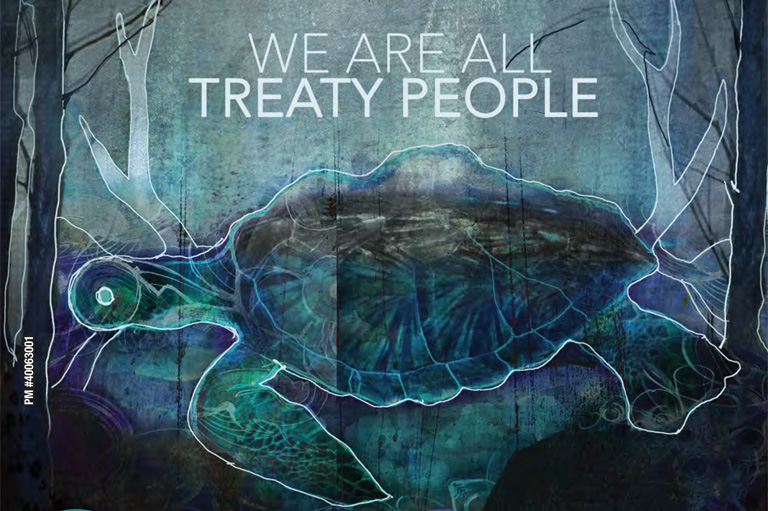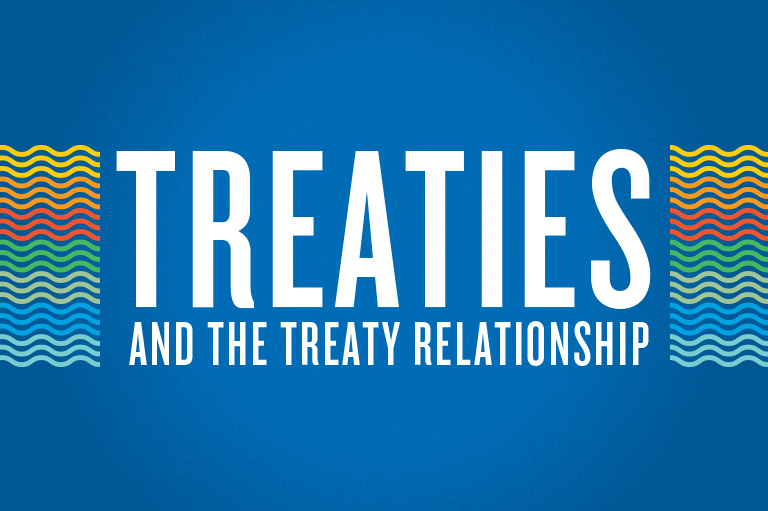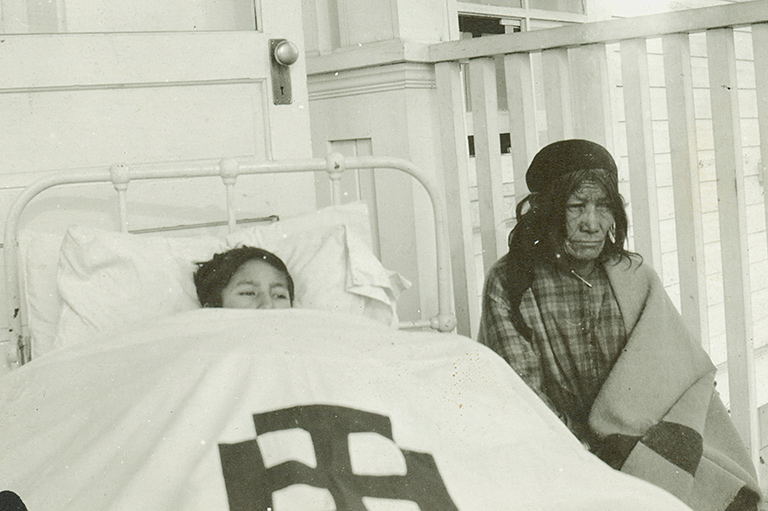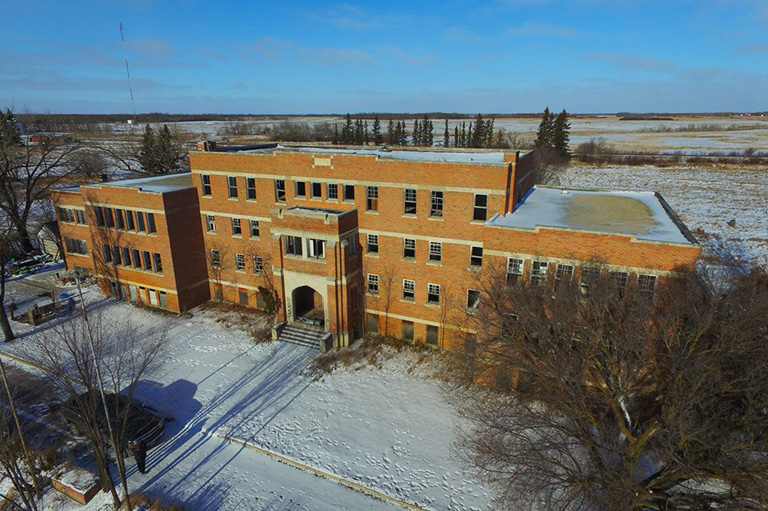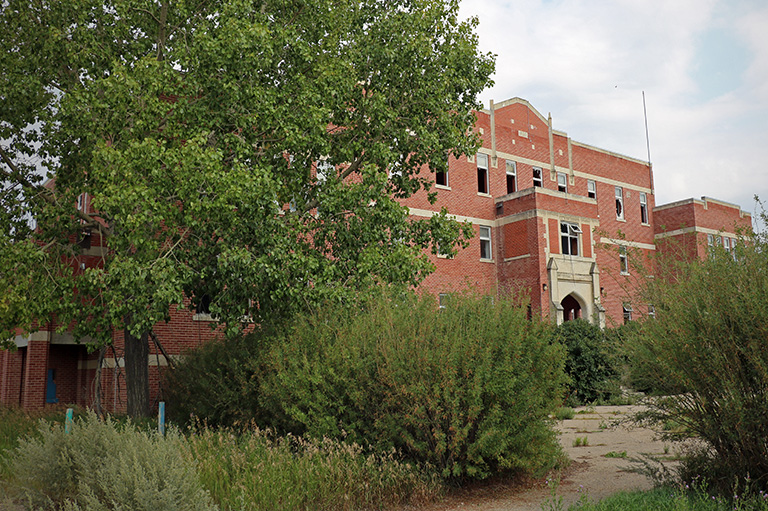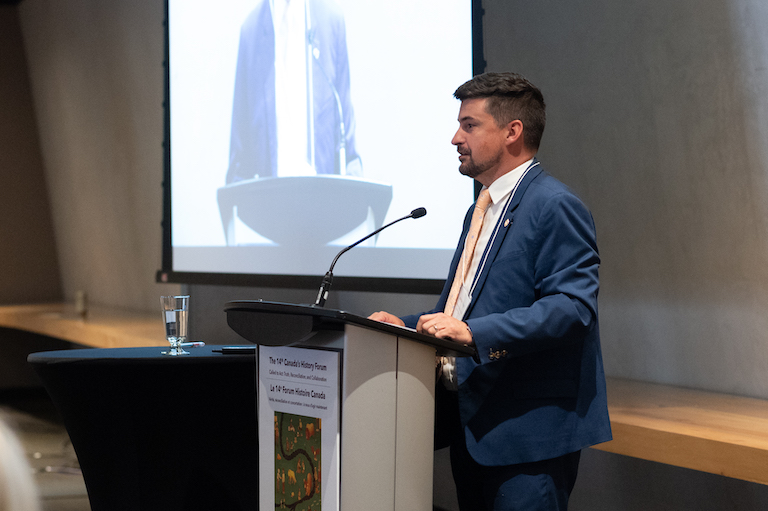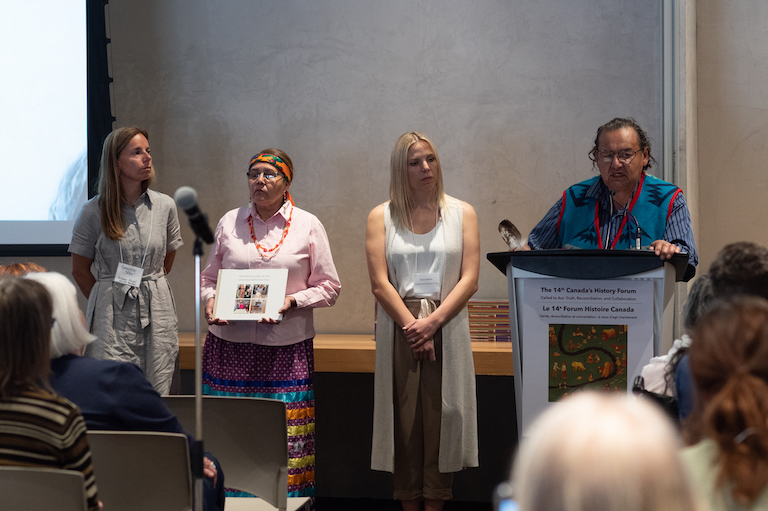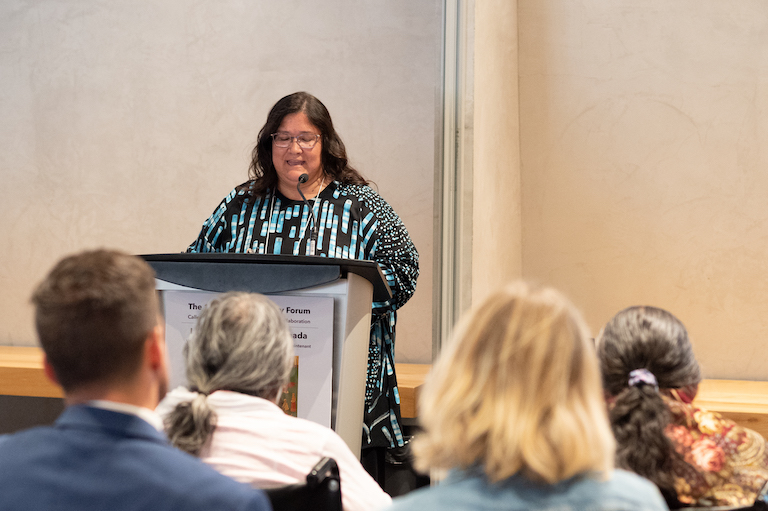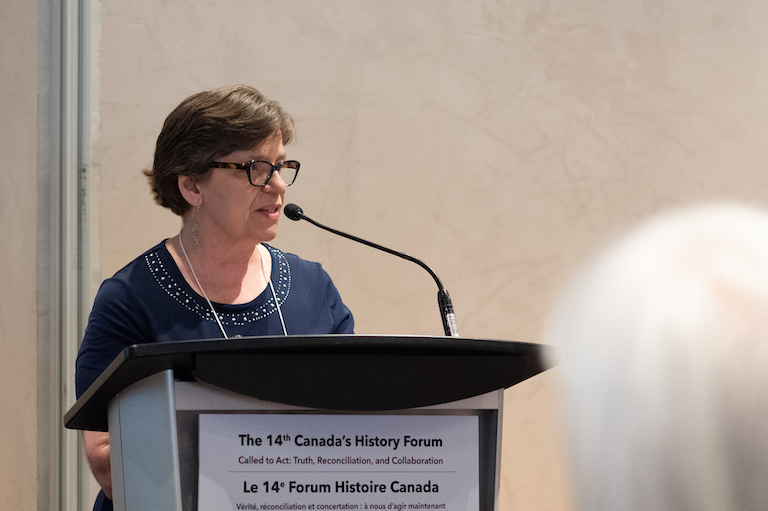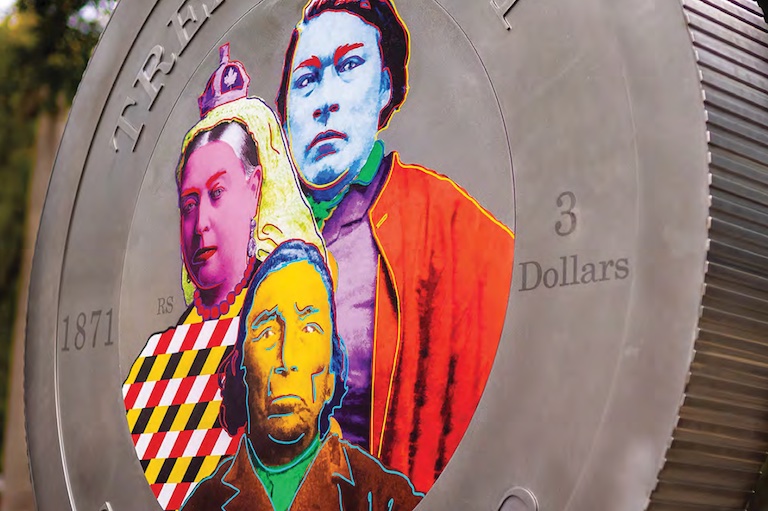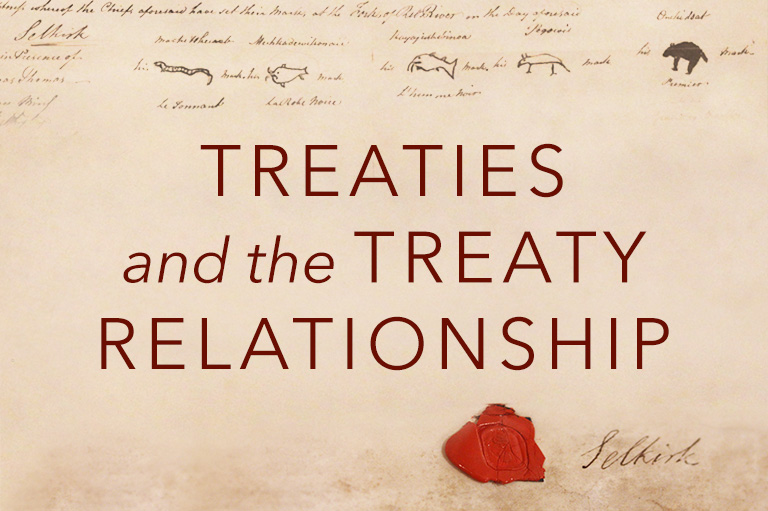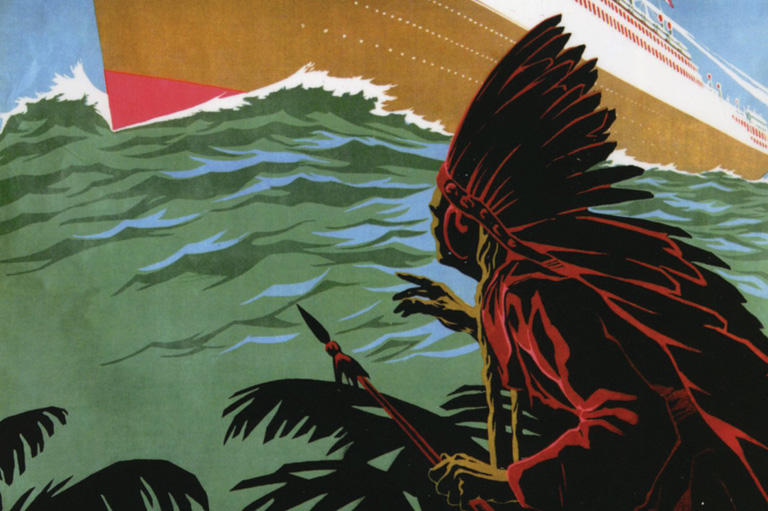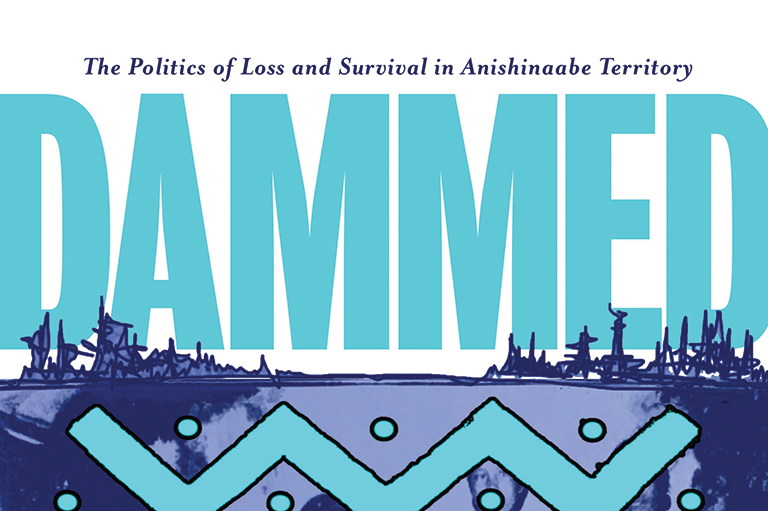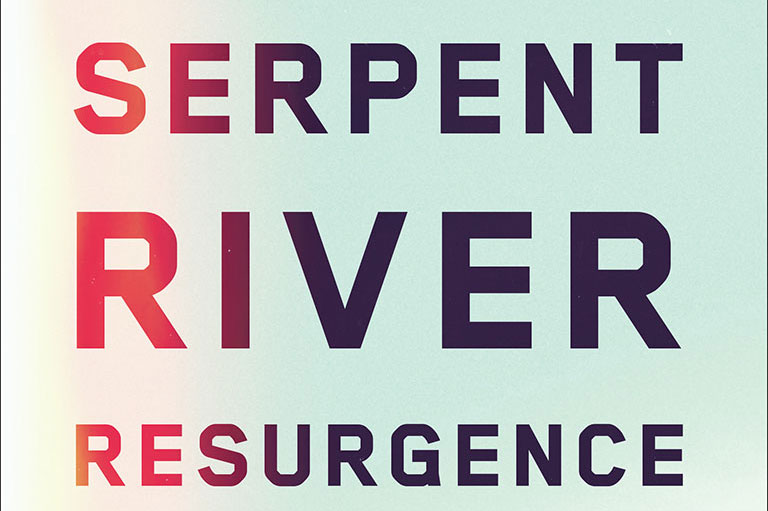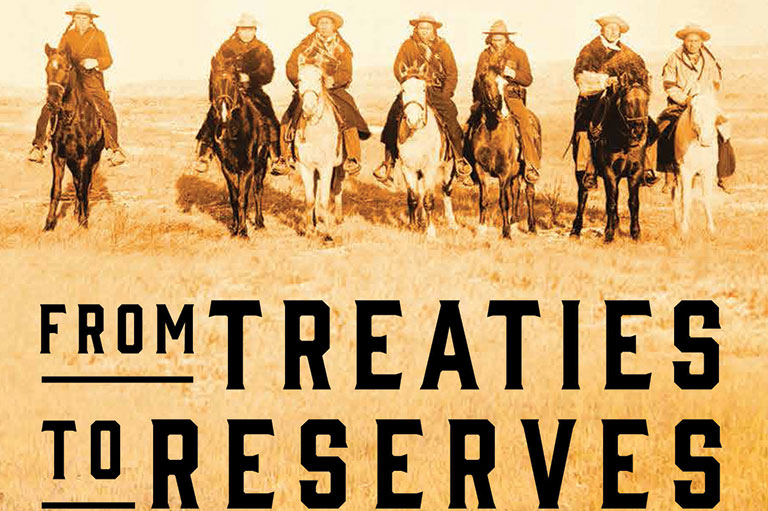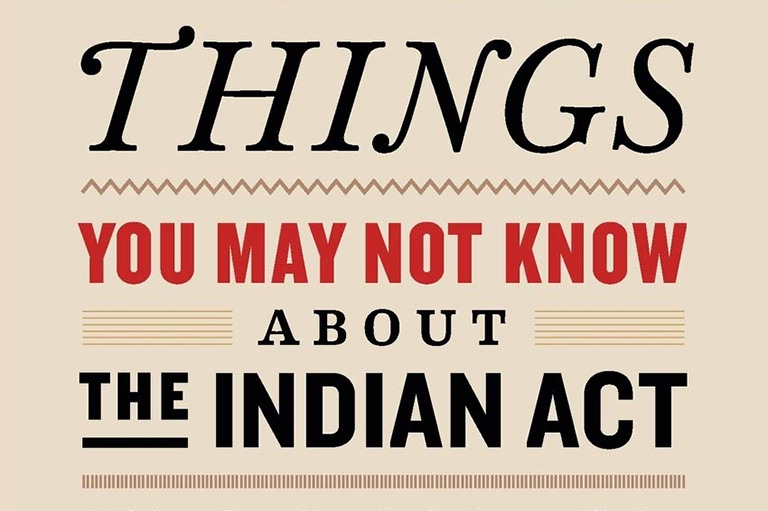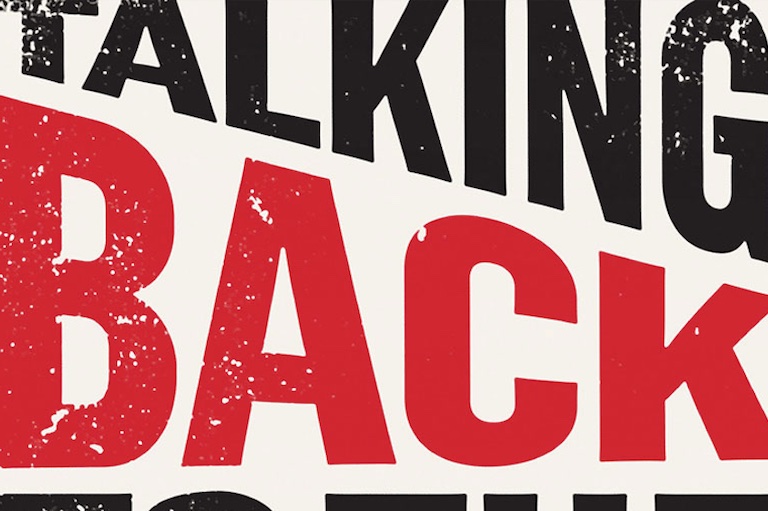Journeys of Reconciliation
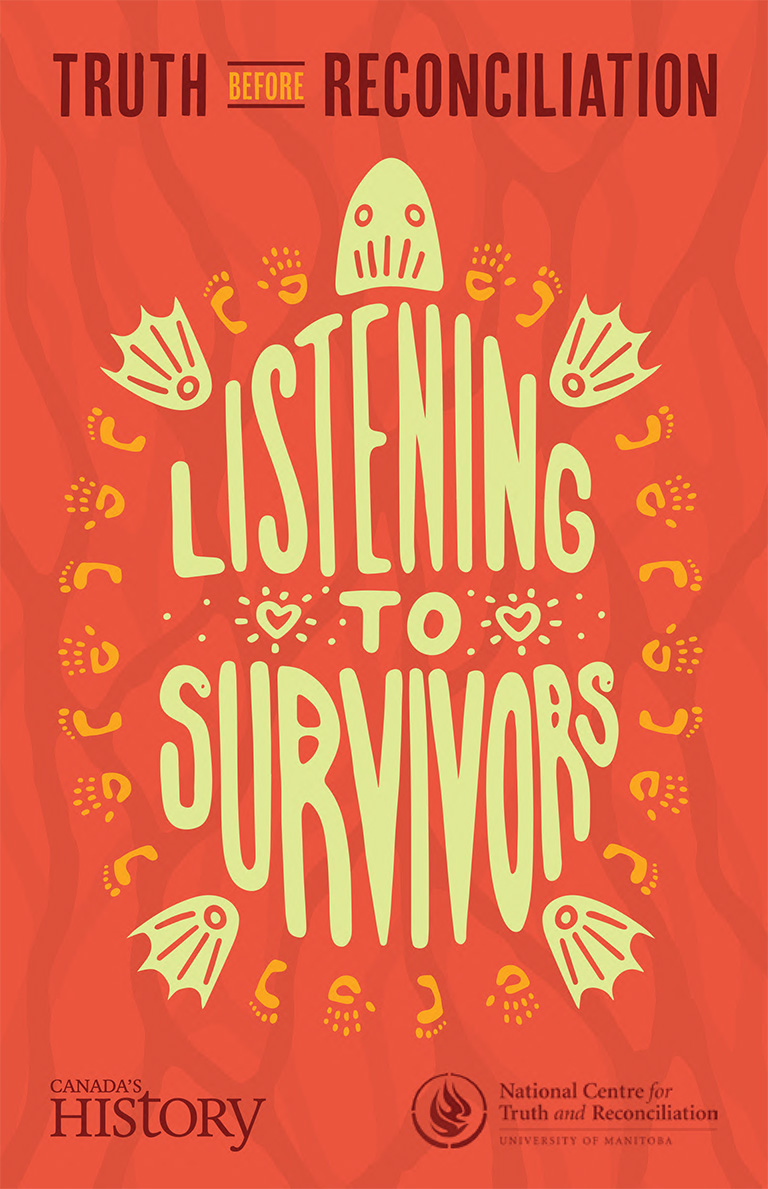
Listening to Survivors
By listening, learning and reflecting, Canadians of all ages can work toward becoming partners on the path to reconciliation. The theme for this year’s Truth and Reconciliation Week magazine is Listening to Survivors. It contains an original poem by Makayla Webkamigad, the award-winning Richard Van Camp describing his efforts at later-life language learning, stories of real-life reconciliation projects, words from Elders and Survivors, and more.
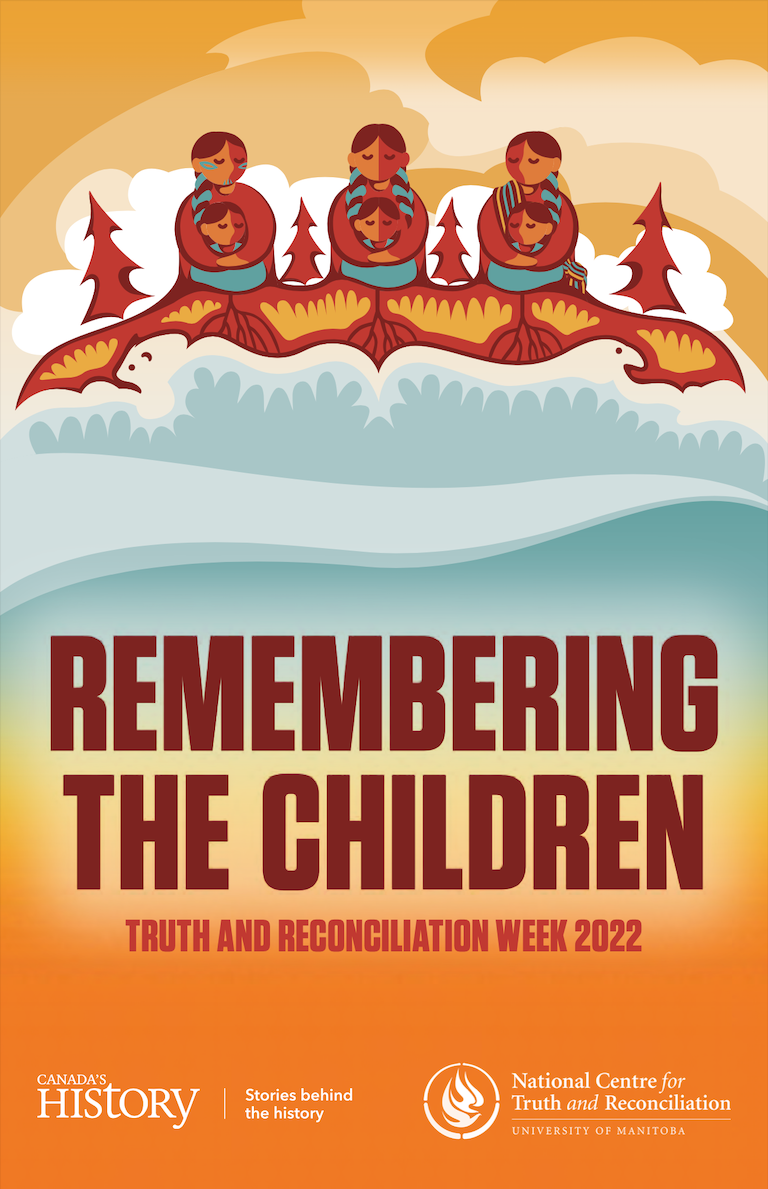
Remembering the Children
Canadians are still grappling with the truths about residential schools, spurring long-overdue conversations inside and outside the classroom. Remembering the Children offers a way to begin those conversations. Published by the National Centre for Truth and Reconciliation, in collaboration with Canada’s History, this magazine is an accompaniment for this year’s Truth and Reconciliation Week.
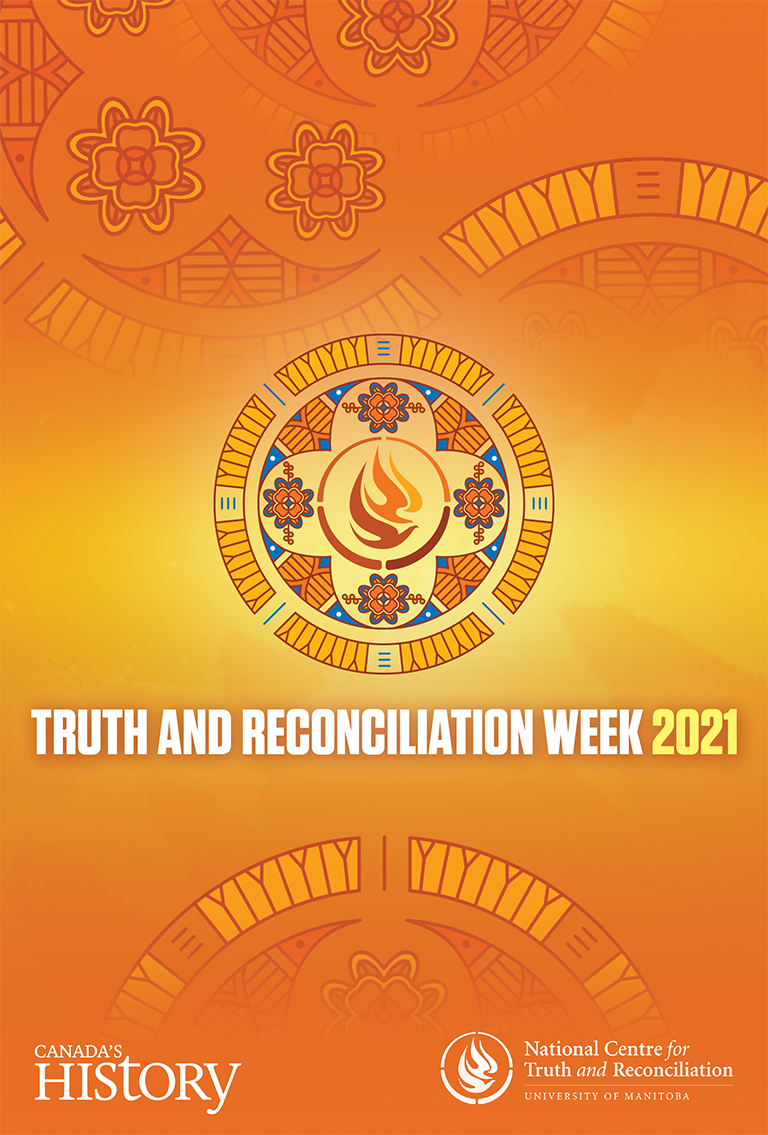
Truth and Reconciliation Week 2021
Through an allegorical graphic novel-style comic, written by Ry Moran, and illustrated by Swampy Cree artist Nickia McIvor, this publication explores what it means to have guests arrive at your doorstep, a home taken away, and how we can still find ways to live well together.
To guide teachers in their own learning and to help bring truth and reconciliation into their classrooms, this publication will be accompanied by supplementary educational resources available in English and French. The magazine, aimed for students in grades 5–12, is offered in digital formats in English, French, and Inuktitut.
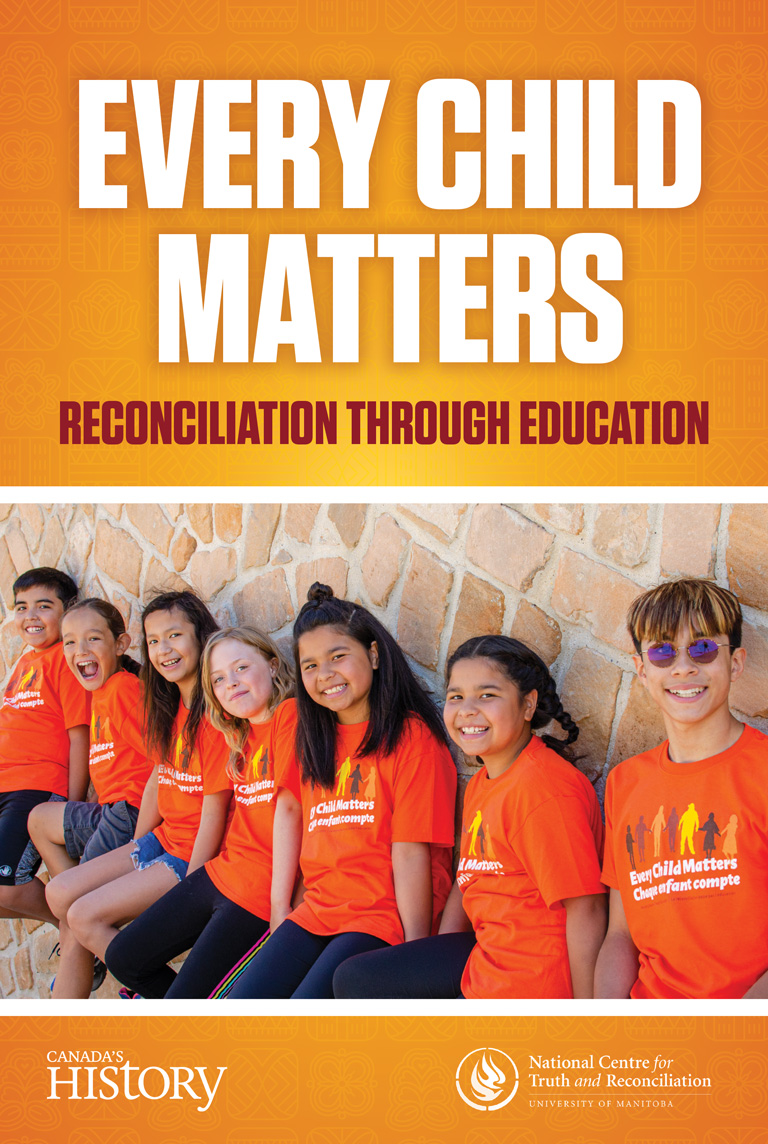
Every Child Matters
Produced in collaboration with the National Centre for Truth and Reconciliation, and written by award-winning Indigenous author Monique Gray Smith, this magazine, which is based on the Seven Sacred Teachings, is aimed for students in grades 5–12 and is available in both English and French.
Each chapter teaches children about residential schools, Treaties, and the historic and current relationships between Indigenous and non-Indigenous peoples.
Related publications
More on residential schools
Called to Act: Truth, Reconciliation, and Collaboration
More on treaties and the treaty relationship
Related books
Themes associated with this article
Advertisement

